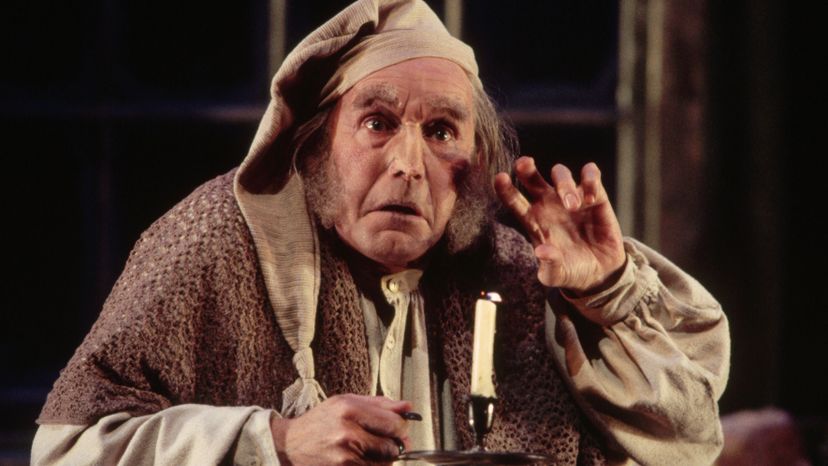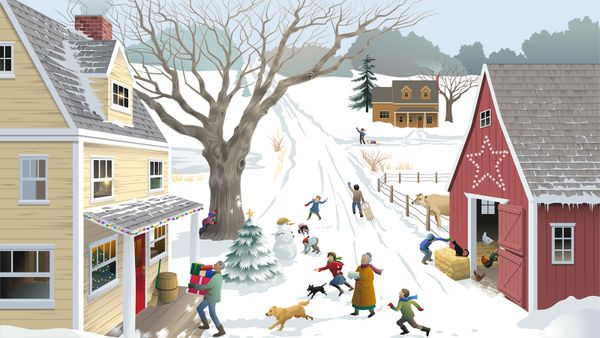Christmas Traditions in England

It is cold, wet, and foggy in England at Christmastime. Families welcome the warmth and cheer of a Yule log blazing on the hearth. They decorate their homes with holly, ivy, and other evergreens and hang a mistletoe "kissing bough."
Throughout the holidays, carolers go from house to house at twilight ringing handbells and singing Christmas songs. "The Holly and the Ivy" and "Hark! The Herald Angels Sing" are English favorites. People give the carolers treats, such as little pies filled with nuts and dried fruits.
Advertisement
The day before Christmas is very busy for families in England. They wrap presents, bake cookies, and hang stockings over the fireplace. Then everyone gathers around the tree as someone tells the favorite story, "A Christmas Carol."
After hearing their favorite Christmas story, children write a letter to Father Christmas with their wishes. They toss their letter into the fire so their wishes can go up the chimney. After the children fall asleep on Christmas Eve, Father Christmas comes to visit. He wears a long, red robe, carries a sack of toys, and arrives on his sleigh pulled by reindeer. He fills the children's stockings with candies and small toys.
On Christmas Day, everyone sits down to the midday feast and finds a colorful Christmas cracker beside their dinner plate. A Christmas cracker is a paper-covered tube. When the end tabs are pulled, there is a loud crack. Out spills a paper hat to wear at dinner, small trinkets, and a riddle to read aloud to everyone at the table.
The family enjoys a feast of turkey with chestnut stuffing, roast goose with currants, or roast beef and Yorkshire pudding. Brussels sprouts are likely to be the vegetables. Best of all is the plum pudding topped with a sprig of holly. Brandy is poured over the plum pudding and set aflame. Then family members enjoy a dramatic show as it is carried into the dining room. Whoever finds the silver charm baked in their serving has good luck the following year. The wassail bowl, brimming with hot, spiced wine, tops off the day's feast. It is said that all quarrels stop when people drink wassail.
After dinner, the family gathers in the living room to listen to the Queen of England deliver a message over radio and television. At teatime in the late afternoon, the beautifully decorated Christmas cake is served.
The day after Christmas is called Boxing Day. This day has nothing to do with fighting. Long ago, people filled church alms boxes with donations for the poor. Then on December 26, the boxes were distributed. Now people often use this day to give small gifts of money to the mail carrier, news vendor, and others who have helped them during the year.
Beginning on Boxing Day, families can enjoy stage performances called pantomimes. This activity originally meant a play without words, or actors who mimed or entertained without speaking. Pantomime now refers to all kinds of plays performed during the Christmas season. Such familiar children's stories as "Cinderella" and "Peter Pan" delight young and old alike. In some towns, masked and costumed performers called mummers present plays or sing carols in the streets.

